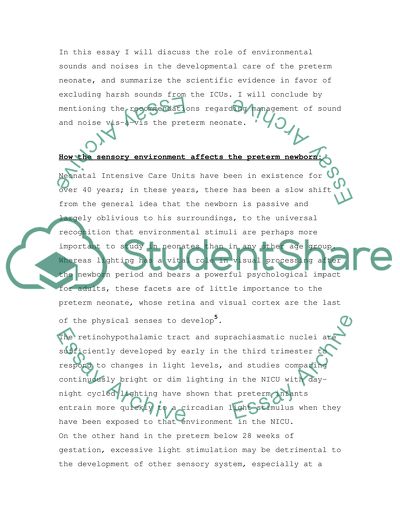Cite this document
(“Developmental Care of the Preterm Infant Assignment”, n.d.)
Developmental Care of the Preterm Infant Assignment. Retrieved from https://studentshare.org/health-sciences-medicine/1503432-developmental-care-of-the-preterm-infant
Developmental Care of the Preterm Infant Assignment. Retrieved from https://studentshare.org/health-sciences-medicine/1503432-developmental-care-of-the-preterm-infant
(Developmental Care of the Preterm Infant Assignment)
Developmental Care of the Preterm Infant Assignment. https://studentshare.org/health-sciences-medicine/1503432-developmental-care-of-the-preterm-infant.
Developmental Care of the Preterm Infant Assignment. https://studentshare.org/health-sciences-medicine/1503432-developmental-care-of-the-preterm-infant.
“Developmental Care of the Preterm Infant Assignment”, n.d. https://studentshare.org/health-sciences-medicine/1503432-developmental-care-of-the-preterm-infant.


